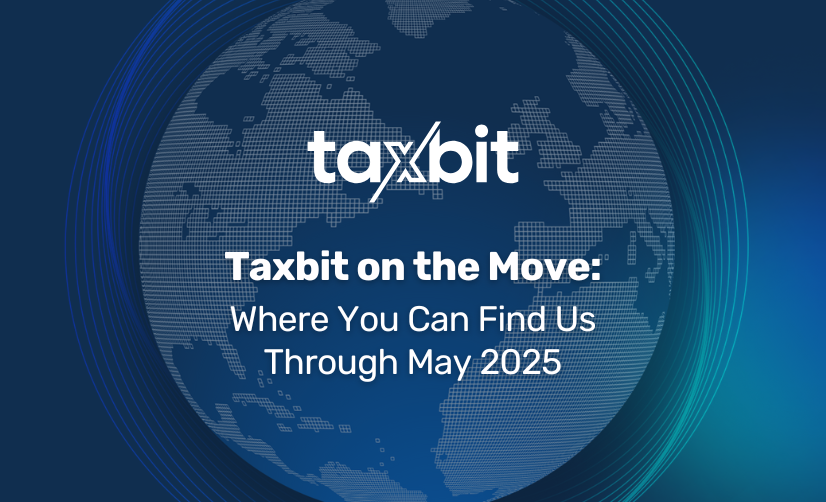Explore the critical aspects of the IRS Draft Form 1099-DA for digital asset brokers. Understand how to navigate and prepare for upcoming changes in digital asset taxation following the Infrastructure Investment and Jobs Act. Learn about the form’s key features, compliance tips, and how it differs from Form 1099-B.
The IRS recently released a proposed draft of Form 1099-DA, a significant step in the tax reporting landscape for digital assets, mandated by the Infrastructure Investment and Jobs Act (IIJA) of November 2021. This new form is designed for digital asset brokers to provide crucial tax information about digital asset transactions to the IRS and their clients. As the Treasury Department progresses toward finalizing the regulations, enterprises and digital asset brokers need to understand the implications and prepare accordingly.
Understanding the Importance of Form 1099-DA
The introduction of Form 1099-DA signals an advance in the IRS’s implementation of the tax-reporting regime for digital assets. While the form is based on proposed regulations released in August 2023, enterprises should note that these provisions are not yet final and are subject to change. However, the draft form offers a preview of how the regulations might be applied, providing valuable insights for preparatory actions, but should not be interpreted as final policy.
Comparative Analysis with Form 1099-B
Form 1099-DA shares several similarities with Form 1099-B, such as reporting the type of digital asset involved, the number of units, the USD value of proceeds, and the cost basis. However, it introduces specific changes that reflect the unique nature of digital assets, such as detailed transaction dates and times in UTC, distinct asset identifiers, and the type of proceeds received.
Operational and Compliance Insights for Brokers
Digital asset brokers need to focus on several operational adjustments:
- Transaction Dates and Asset Identifiers: Unlike Form 1099-B, Form 1099-DA requires transaction dates and times to be reported in UTC and splits the reporting of asset type and units into separate boxes to accommodate the variability in digital asset identifiers.
- Type of Proceeds: The form distinguishes between cash and non-cash types of proceeds, necessitating internal systems to capture and report the nature of each transaction accurately.
- Enhanced Data Requirements: Additional transaction-level details are required, especially concerning unhosted wallets and the specifics of digital asset transactions recorded on distributed ledgers.
Key Points for Immediate Action
The draft Form 1099-DA provides a framework for digital asset brokers to align their reporting mechanisms with the anticipated requirements. Key actions include:
- Ensuring compliance with TIN verification requirements.
- Preparing to report detailed transaction data as specified in the draft form.
- Planning for integrating unique identifiers for digital assets as per IRS guidelines.
Conclusion
While the draft Form 1099-DA offers a glimpse into future reporting requirements, it is a foundational tool for brokers to begin preparations but should not be seen as the final set of rules. Digital asset brokers should use this time to review their systems and processes to ensure they can meet the detailed reporting requirements likely to be enforced once the final regulations are issued. Staying proactive in compliance efforts will be crucial for navigating the evolving regulatory landscape of digital asset taxation.
As a specialized tax compliance and accounting software designed for the cryptocurrency market, Taxbit ensures that your data aligns with the latest IRS guidelines, simplifying the compliance process and reducing the risk of errors. By leveraging Taxbit’s capabilities, enterprises can focus on their core business activities while ensuring their tax reporting is accurate, timely, and compliant. Explore how Taxbit can transform your digital asset reporting and compliance today.
This strategic approach not only ensures compliance but positions enterprises at the forefront of operational readiness, enhancing their capability to manage and report digital asset transactions effectively in accordance with upcoming IRS regulations.








